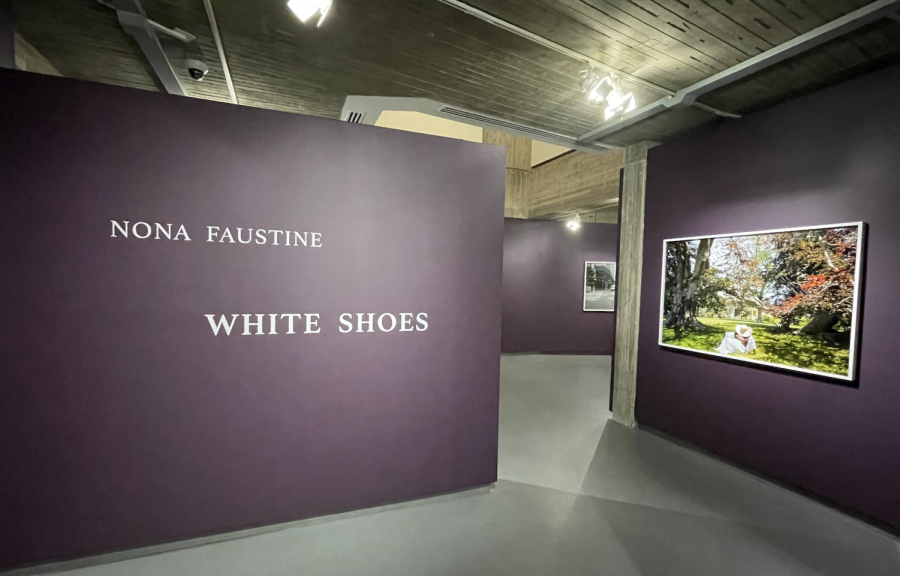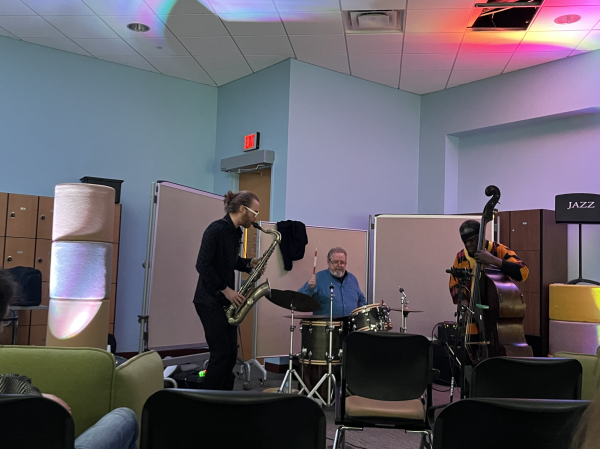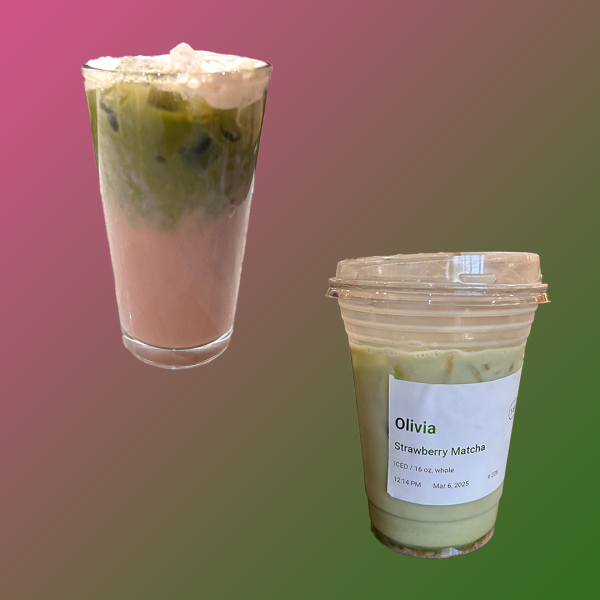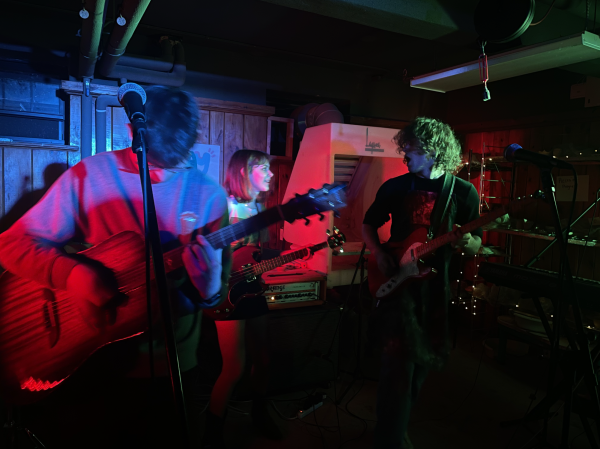Hidden History: Nona Faustine’s ‘White Shoes’ Collection
A Black woman in white shoes with various layers of clothing ranging from entirely bare to fully clothed took photographs at different locations in New York City’s five boroughs; she perceives these regions as significant to the history of slavery, and argues that they have been largely unrecognized. Nona Faustine is an award-winning, Black feminist photographer and activist from Brooklyn, N.Y. From Nov. 6 to Nov. 18, seven large-scale photographs from her “White Shoes” collection are displayed in Colgate University’s Picker Art Gallery in the Dana Arts Center.
Curators at the helm of the Picker Art Gallery, who made the opportunity possible and worked with Faustine to curate the exhibition, spoke about the knowledge this process has allowed them to gain.
Curatorial assistant Kali Steinberg explained some of the elements that influenced “White Shoes” and the meanings that she takes from them.
“There is this series of daguerreotypes [the first publicly available photographic image type] where enslaved people were photographed [naked or partly naked] from the front and the side as if they were specimens, dehumanizing them […] so, basically, [Faustine is] responding to these photographs while simultaneously uncovering the history of slavery in New York by photographing herself in sites around the city that were significant to the transatlantic slave trade. She’s not necessarily portraying an enslaved person, but it’s a way of memorializing those who were bought and sold, whose bodies were exploited. She’s using her body as a monument. The difference between the slave daguerreotypes and Faustine’s pictures are themes such as consent, self-determination, and agency. Hence, she chooses to use her own body instead of a model’s because that might be perceived as another form of exploitation.”
A different exhibition is displayed in the first section of the Picker Art Gallery: “A Wicked Commerce: The US and the Atlantic Slave Trade Through the Lens of William Earl Williams.” This exhibition also aims to bring transparency to the history of slavery by shedding light on lesser-known facts. Still, there is a stark contrast between Williams’ and Faustine’s work; all of Williams’ photographs were desolate of life and were exclusively in black and white. Steinberg discussed why she chose to display Faustine’s collection.
“So, we knew we were showing the exhibit by William Earl Williams about the transatlantic slave trade and [another artists work] dealing with that. [Faustine’s] focus is also very specifically on New York City. It’s very much about how two artists look at the similar subject matter differently. Her work is about putting her body into these spaces and histories, while his work is very much about the absence of Black histories and people are absent in his photographs,” Steinberg said.
Steinberg also noted that the Picker Art Gallery helps students and other community members as an additional form of educational experience.
“We’ve got a lot of class visits. It’s been a great jumping-off point for students to discuss what they’ve been learning in their own classes, allowing them to encounter material from outside the classroom that gives them different perspectives. We want professors and students to use the art museum to enhance their education.”

Robert "Jerry" Pfeifer is a junior from New Paltz, NY concentrating in political science. He has previously served as a staff writer for the Arts &...

Robert "Jerry" Pfeifer is a junior from New Paltz, NY concentrating in political science. He has previously served as a staff writer for the Arts &...







